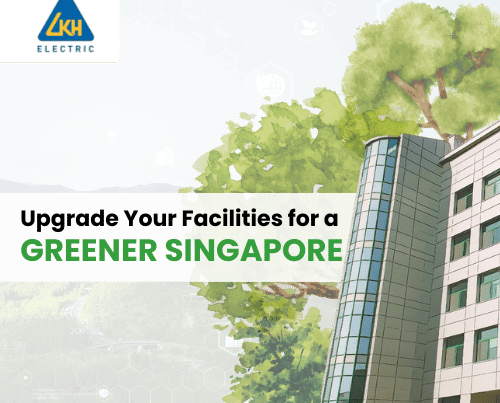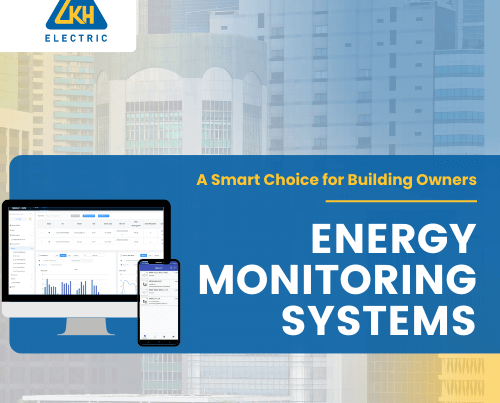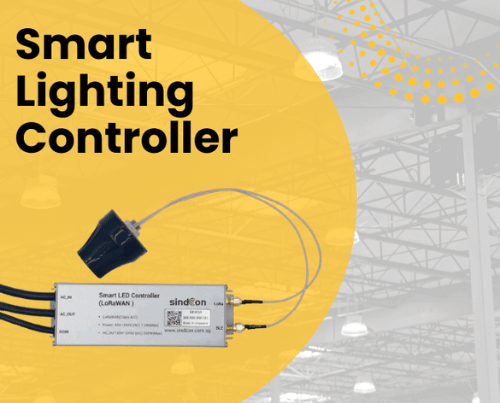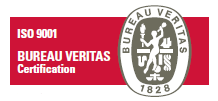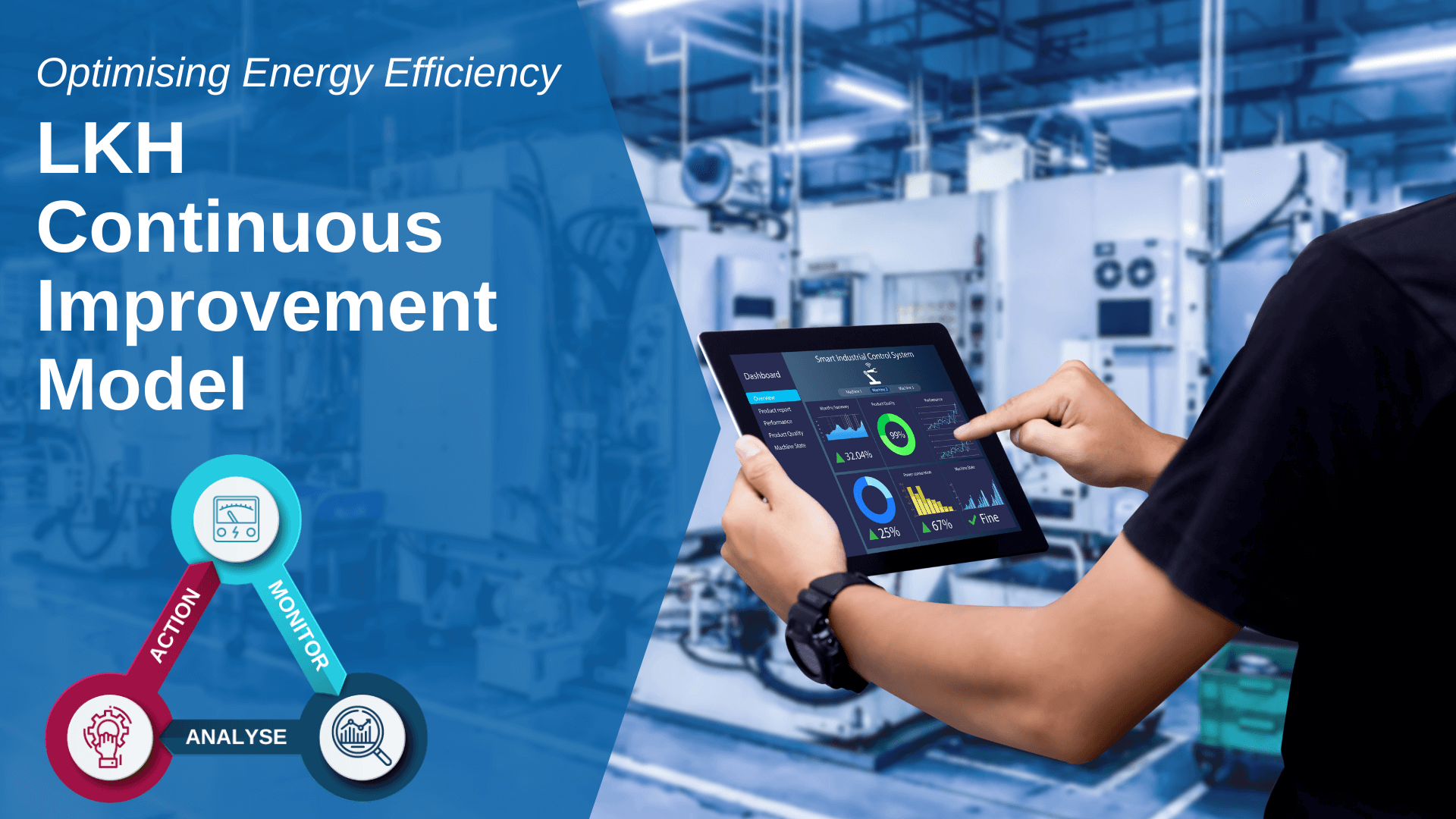
Ready to begin your Energy Optimisation Journey?
It is common to track your energy usage, but many of you may be thinking, what’s next? We’re all at different phases of our energy tracking journey — some companies may still be doing manual recording, while others already have a process in place with modbus other protocols. To make things simple, our team has developed a simple process to follow for continuous improvement in energy savings.
Steps to Energy Optimisation with the LKH Continuous Improvement Model
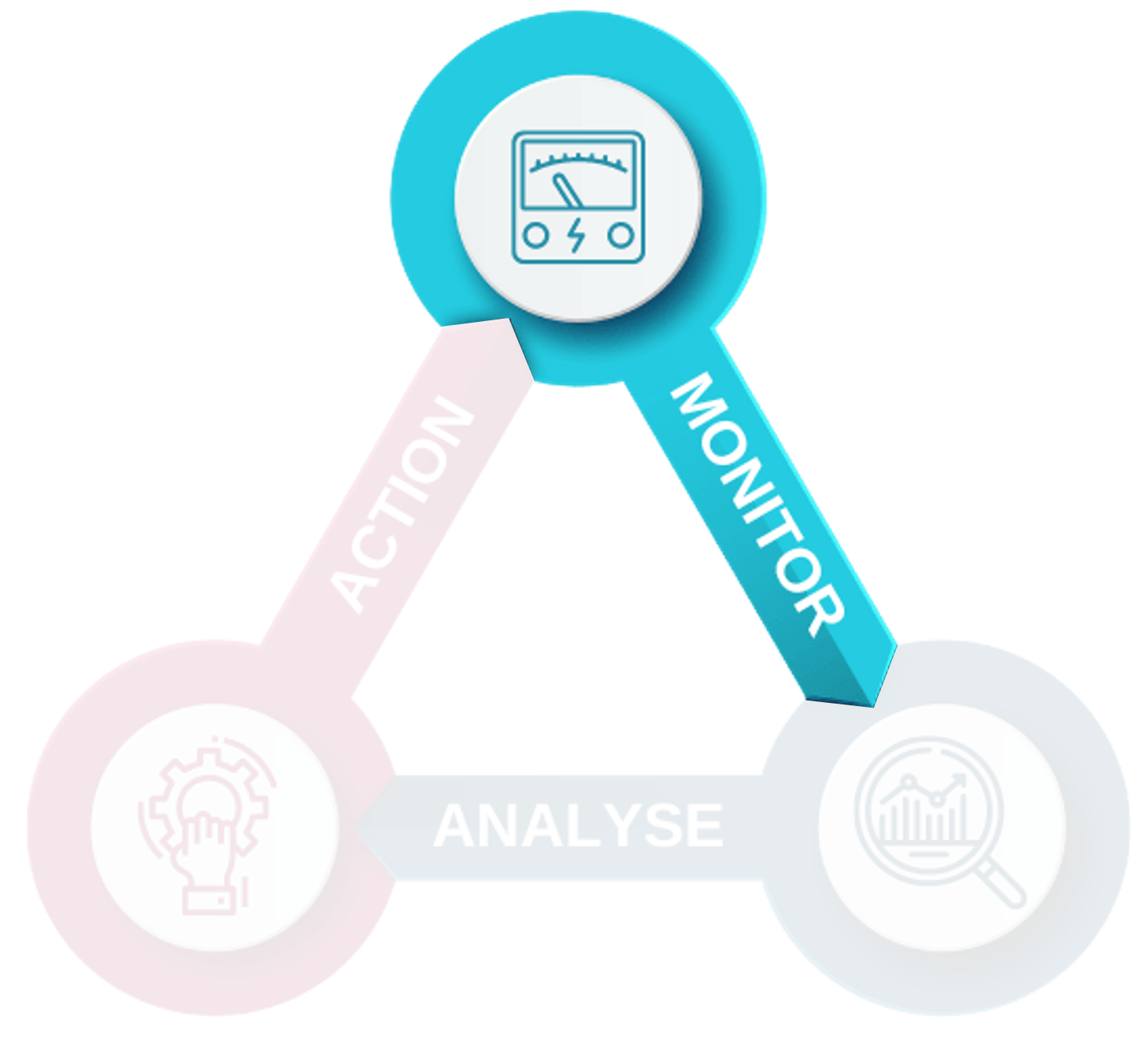

MONITOR
The foundation of the continuous improvement model is energy monitoring and reliable data. There are various power meters and energy meters available on the market that help you understand your lighting, HVAC, and plug load consumption. In addition, water meters and gas meters can help to understand water and gas consumption.

ANALYSE
Data can be collected from smart monitoring devices to a gateway, which then sends the data to a PC or screen to analyse data and to determine areas for improvement. At this point, the recommendations may come in the form of purchasing more hardware sensors to automate simple processes, or operational fixes such using a timer to turn off devices when they are inactive.
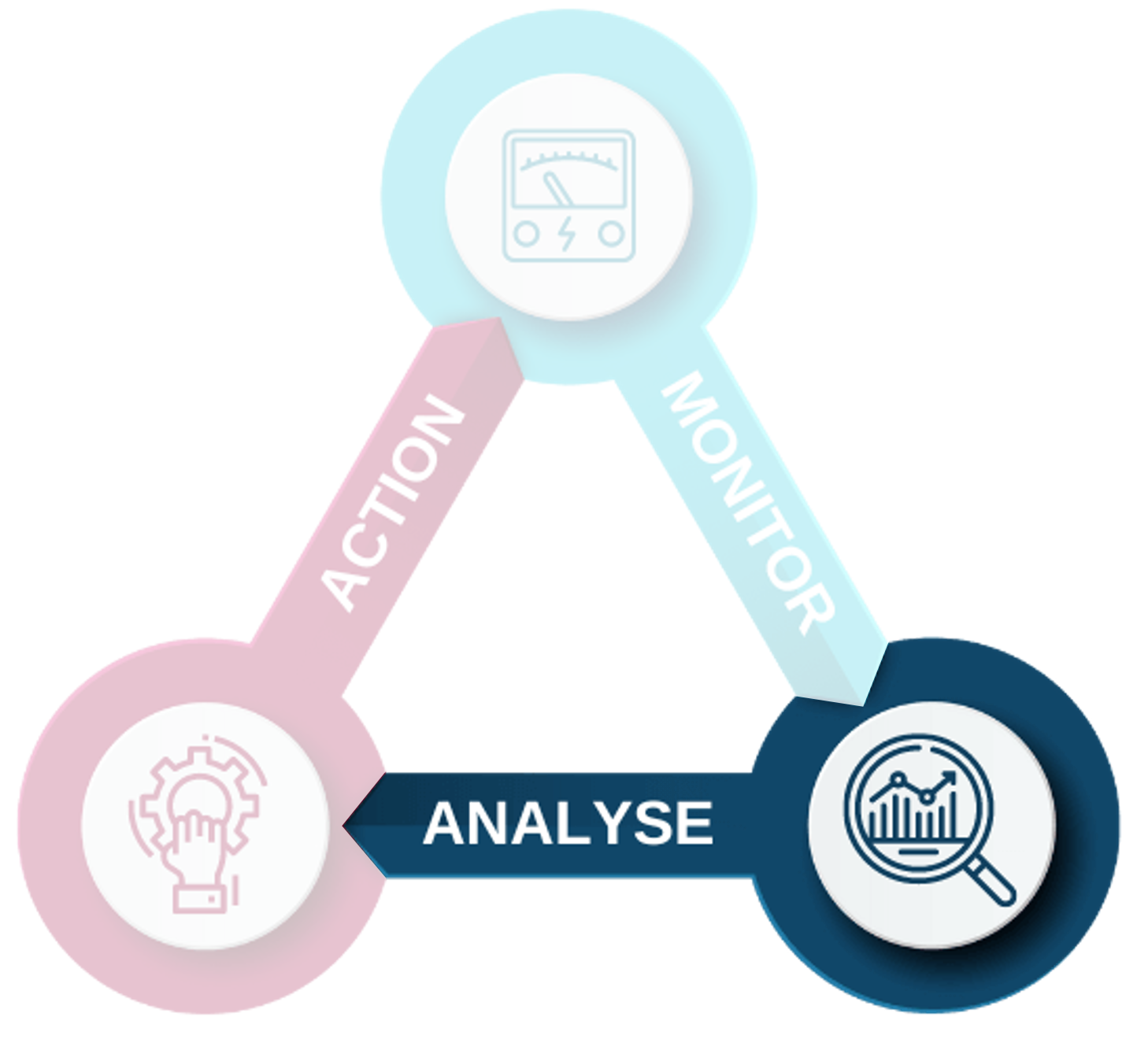
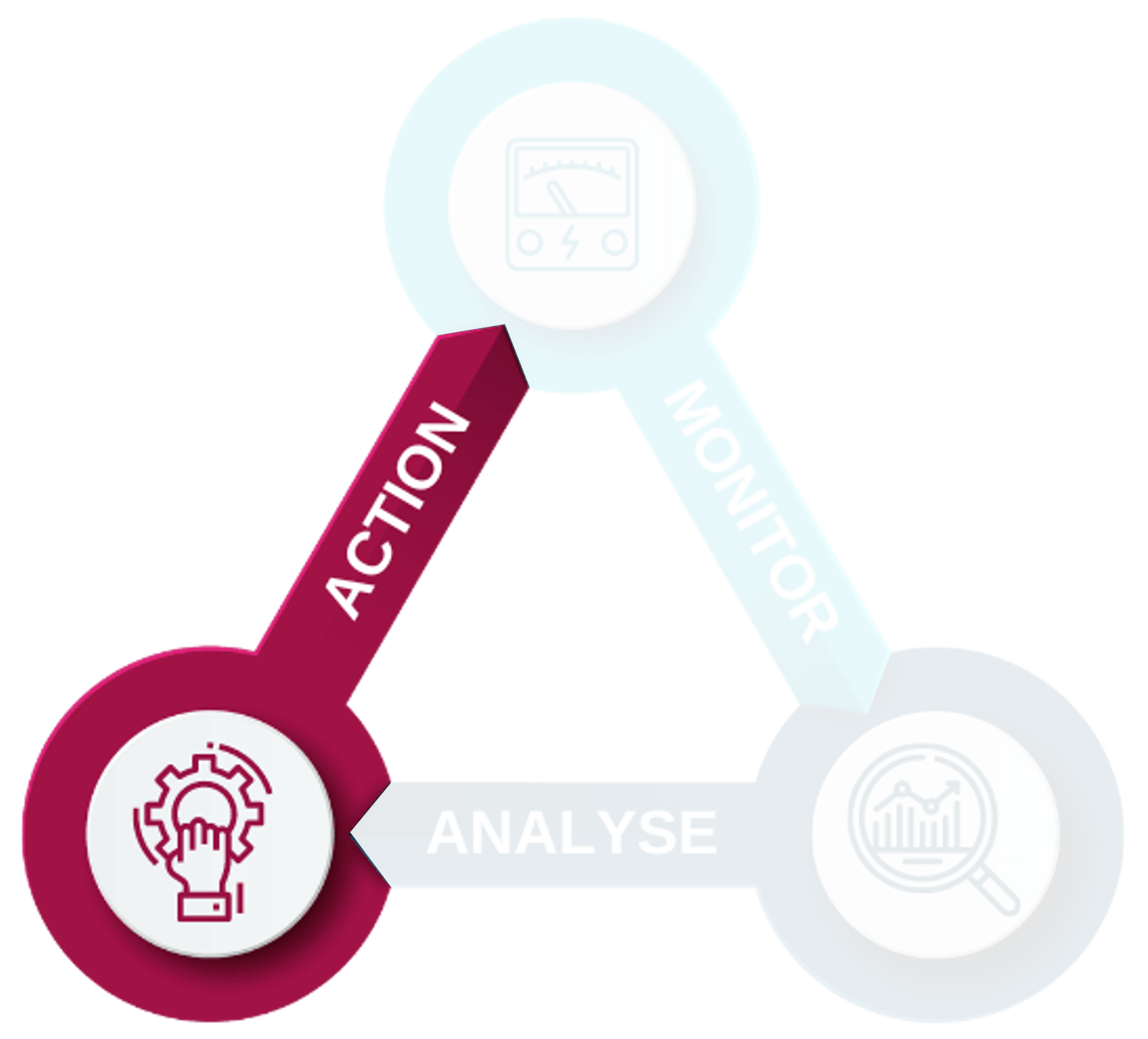

ACTION
Make data backed decisions and take action to replace devices for energy efficient alternatives. Upgrading to systems, such as smart lighting, with sensors and automation can reduce energy usage and overall operational costs, while also improving efficiency and data accuracy.

